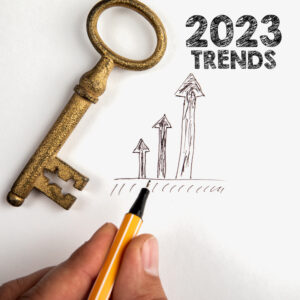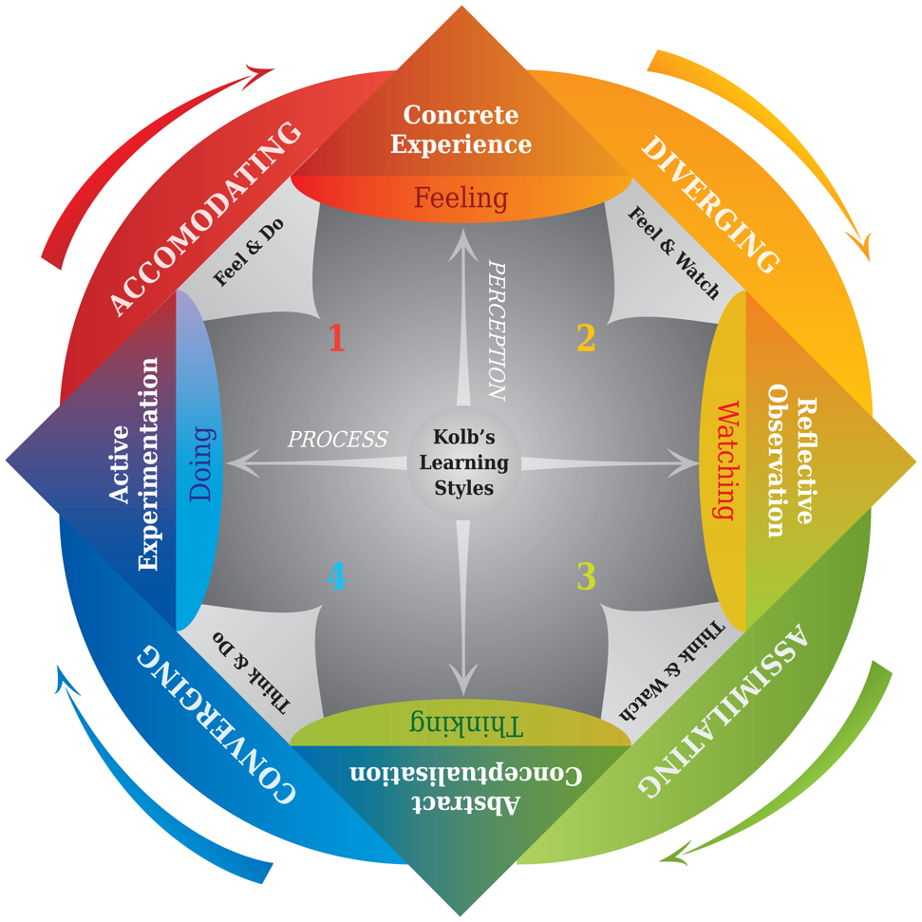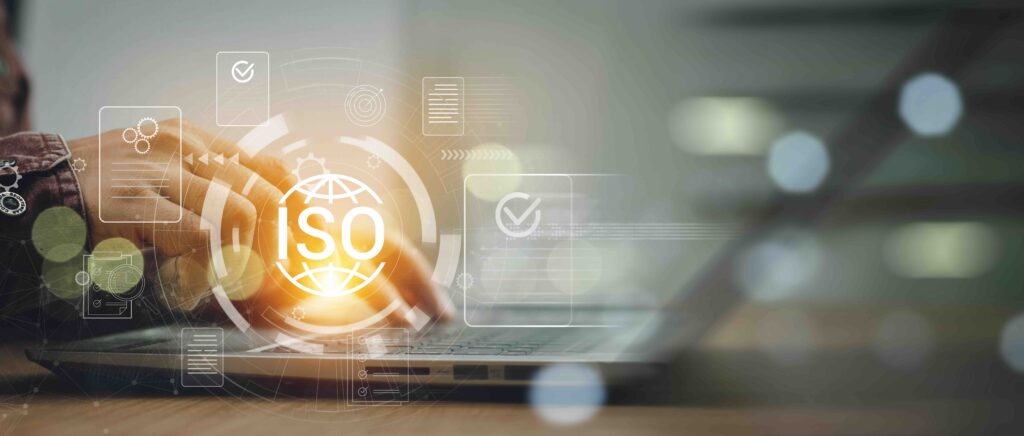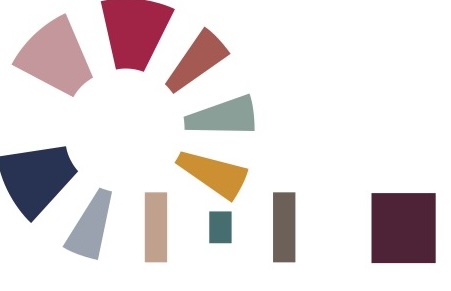The first time I worked with scenario planning was in the post-cold war in the early 90s. When in the western world, we collectively still remembered international tensions, the threat of war, and economic recession. Then the super “dot-com” boost came, and from 1997 to 2022, no one was thinking about creating scenario plans anymore. I mean, no one was, regardless of where they were in the world. From 1991 until 2020, we had a global growth GDP. Even international institutions were not especially anxious over mass destructive weapons or a global market collapse. All was good. There were still some small wars (=irony), but basically, all was good. This is human nature: you believe what you see.
However, now the interest is the opposite. In the spirit of a new Gregorian calendar year, I will share what we believe is the key driver for creating scenario planning. It is dangerous when people think that nothing can go wrong, and it is equally dangerous when they believe that the metaverse, Chat GPT, or autonomous robots will take over the world. This is far, far removed from reality. For those who know me, you are aware that I have said this for a long time.
According to Innovation360 and our global predictive databases, you should watch out for these ten key trends in 2023
Social, Political, and Economic forces
 Herd behavior. We will see increasing herd behavior across the globe. Even though it has always existed, now with Google translate and Internet access, herd behavior has been exponentially increasing. This often leads people to the unpleasant state of “knowing it all” or denying things that do not align with their perceptions.
Herd behavior. We will see increasing herd behavior across the globe. Even though it has always existed, now with Google translate and Internet access, herd behavior has been exponentially increasing. This often leads people to the unpleasant state of “knowing it all” or denying things that do not align with their perceptions.- Heightened instability. We are just beginning a period of instability, and it is accelerating. The first signs came a decade ago, but we ignored them. We will see more trade wars, more custom taxes, more subsidies, more shortage of supply and energy, and more broken supply chains. Any future working civilization must have strong place management and PR to face these challenges.
- Security threats. These are often anonymous and highly sophisticated, and they are not just hacker attacks or DOS attacks. They involve deliberately disinforming, de-learning artificial intelligence systems, planning backdoors, and remotely managing intrusion systems to take control of critical infrastructure.
- Increased diversity. We will see this in background and education, with local counterforces of protectionism.
- Remote work expectations. We will see changed perspectives on distance work and new social contracts for video meetings and business etiquette. Workers will need to be more prepared for professional meetings, and they will need to turn the camera on to help drive inclusion and relationship building. This will help develop new business clusters rather than simplified offshoring and near-shoring where it is mostly about cost cuttings.
Technology and Environmental forces
- Strong interest in space technology. These technologies will help find solutions to extreme problems with energy, rare materials for semiconductors and batteries, and new ways to take care of nuclear waste and other contaminants.
- New energy sources. Fusion, kinetic and thermal energy production, and structural batteries will help increase energy storage in, e.g., steel constructions, carbon fiber, and wood fiber.
- Changes with AI. AI is not working as many hoped. Chat DGP is not producing superior prose, self-driving cars have yet to exist, and generally speaking, AI has not used creativity to solve anything. However, AI is enhancing creative, well-educated humans to be more productive, potentially increasing the already existing divide. On the other hand, AI has held some nations with low labor markets back from making progress in certain areas. These forces are in contradictory depending on your situation.
- The rise of reuse. People are reusing vintage products and also creating new things out of old things. This includes new laws on the horizon that will require gadgets, electronics, and garment, as examples, to be able to be repaired, and they must have spare parts available.
- Direct CO2 to indirect CO2. People are shifting focus from direct CO2 to indirect CO2, and they are interested in the complete life cycle of products and even services. For example, a consultant could live their life as part of the client’s life cycle—which I very much welcome.
Here is the 8-step model to scenario planning
- Based on the ten key drivers, define casual loops (what is causing what, especially contradictory forces is useful to analyze) in your context and elaborate on more relevant key drivers (using the PESTLED360 or other macro key driver tools/frameworks).
- Stretch them to the extreme opposites.
- Start combining the stretched key drivers.
- Prioritize based on certainties and uncertainties in your business planning and scenario mapping.
- Take one or two causal loops and, combining them with uncertain extreme key drivers, group them into meaningful scenarios.
- Describe the time axis, starting 5 or 10 years into the future.
- Working backward from the future, describe each year.
- Write reflections and summarize the scenarios (typically 3–5 scenarios).
The next step
Based on your scenario planning, you can set up innovation sprints to experiment with potential solutions and learn what how to mitigate risk or win an opportunity.
At Innovation360©, we use digital tools for each step, making the work faster and more accurate, even though all of it can also be done manually. We use tools including PESTLED360™️, Scenario360™️, Ideation360©, and InnoSurvey© and InnoComp™️.





